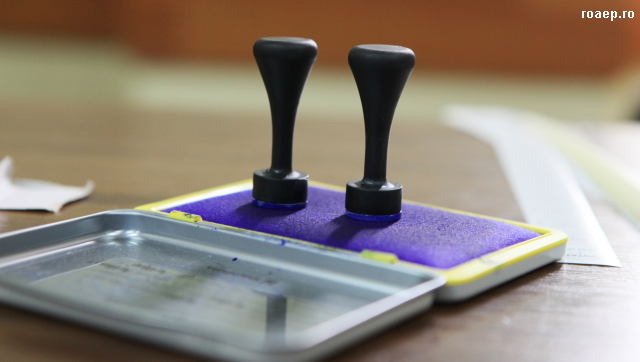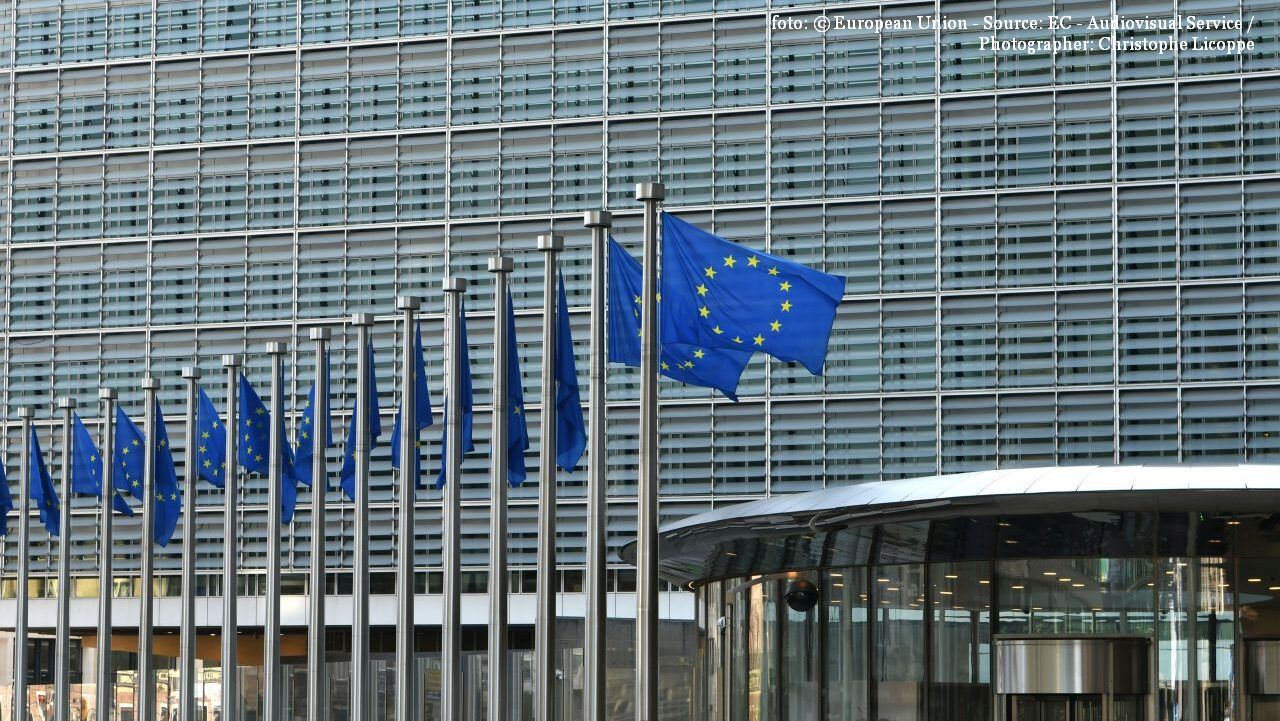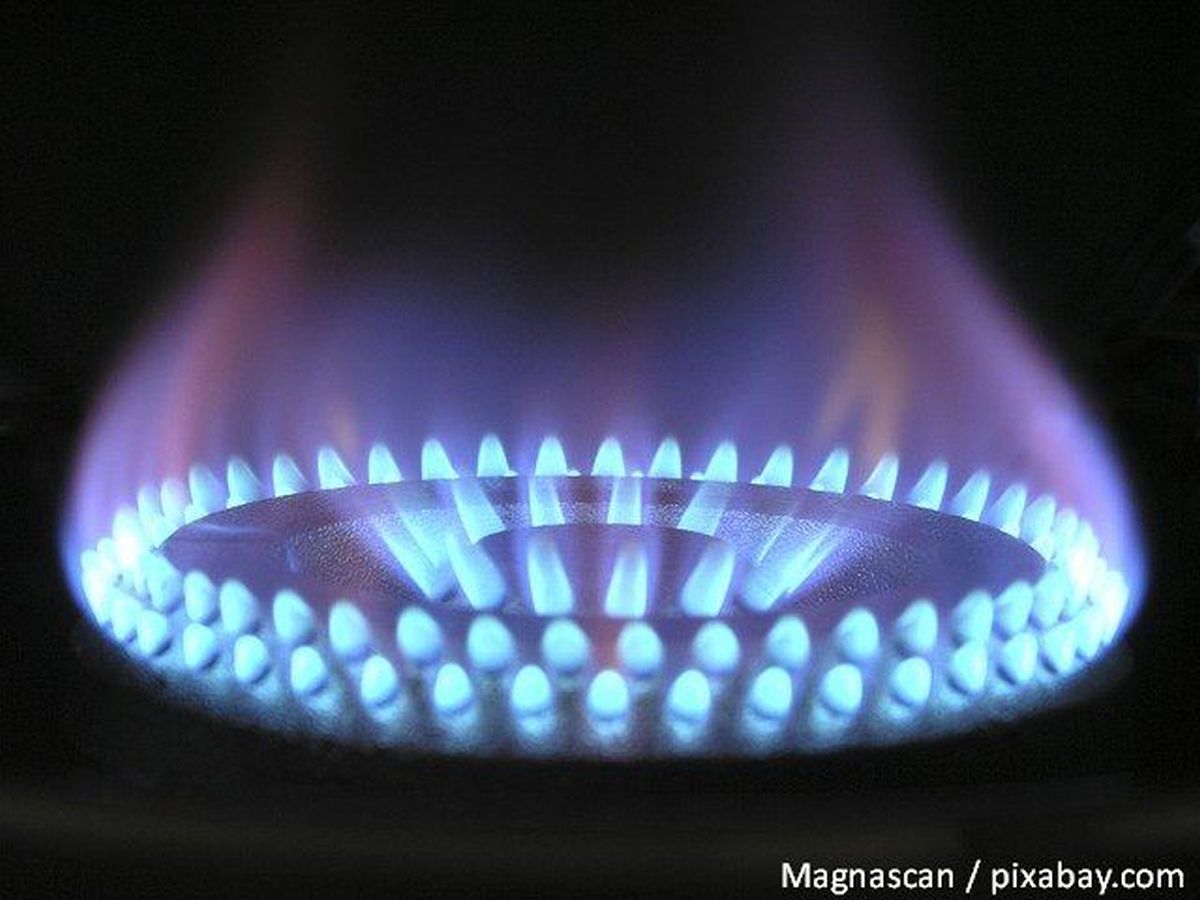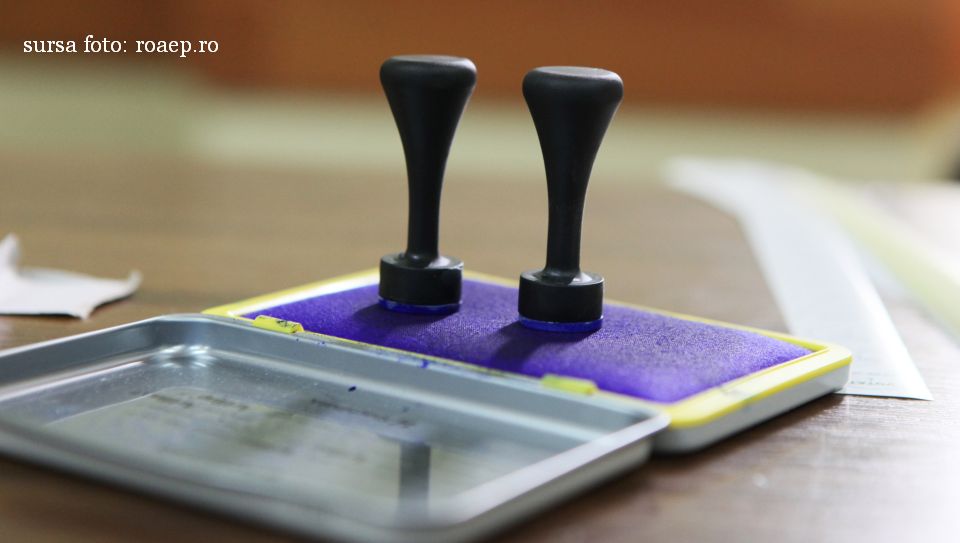Local elections in Romania
Strict healthcare protection rules, including face covering, hand disinfection on entering and leaving the polling stations and physical distancing of at least one metre, were for the first time in history implemented for the local elections held on Sunday in Romania.

Bogdan Matei, 28.09.2020, 12:04
Strict healthcare protection rules, including face covering, hand disinfection on entering and leaving the polling stations and physical distancing of at least one metre, were for the first time in history implemented for the local elections held on Sunday in Romania.
The COVID-19 had already disrupted the calendar of local elections, originally due in June and postponed over the pandemic. All local elected officials saw their terms in office extended by 6 months, which fuelled voters eagerness to refresh local administration.
In all, 41 county council chair positions, over 1,300 county councillor and 40,000 local councillor seats and around 3,200 mayor offices were up for election. The turnout at national level was 46%, which is only 2% lower than in the previous elections, when people were not facing coronavirus infection fears.
The least interested in the vote were the citizens of the capital city Bucharest: only 37% of them voted, which is still more than 4 years ago. Bucharest accounts for one-tenth of Romanias voters, and except for the president of the country, the mayor of Bucharest is the one who gets voted by the largest number of people.
The capital city is the richest in the country, with economic and social indicators above the EU average, and the most dynamic, in terms of demographics, and as such, the Bucharest mayor post is a trophy desired by all political parties.
The new mayor of Bucharest is mathematician and civil rights activist Nicuşor Dan. The NGO he founded years ago, Save Bucharest Union, is the seed that gave rise to todays Save Romania Union, the third-largest party in Parliament. Somewhere along the way, for ideological reasons, Dan left the party he had started, but his candidacy was backed both by its former colleagues and by the Liberals in power.
After he lost the 2016 ballot for the same post, Dan now won by a comfortable margin, defeating the outgoing Social-Democratic mayor Gabriela Firea. A high-profile anchor for a left-wing TV station, 4 years ago Firea was the first woman and also the first Social Democrat to win the Bucharest mayoralty.
She ran for re-election on Sunday backed by the strongest party in Parliament, but with an image affected by a rather modest performance while in office. Bucharest is suffocated by pollution, paralysed by traffic congestion, with a bankrupt heating agency and still inadequate infrastructure.
Along with Gabriela Firea, all 6 Bucharest sectors elected Social Democratic mayors 4 years ago. This year however, the candidates backed by the Liberals and Save Romania-PLUS won half of these seats.
The competition between the 2 main political forces was tight across the country as well. Whereas the Social Democrats managed to keep many of their strongholds in the south and east of the country, the Liberals did the same in the west. The Democratic Union of Ethnic Hungarians in Romania remains the top player in the centre, where ethnic Hungarians make up a majority of the population.
Voted by one-third of the people of Bucharest, which is equal to what the Social Democrats got and almost double the Liberals score, Save Romania-Plus won a few county capitals as well: Timişoara (west), Braşov (centre), Bacău (east).
Although mocked by many, ex-president Traian Băsescus attempt to return as mayor of Bucharest at nearly 70 years of age and almost 2 decades after leaving this office did a lot of good to his party, the Peoples Movement, which went above the 5% threshold in Bucharest.
Local election scores are, according to analysts, a starting point in designing the strategies political parties will adopt for the parliamentary elections due this December.
(translated by: A.M. Popescu)






























